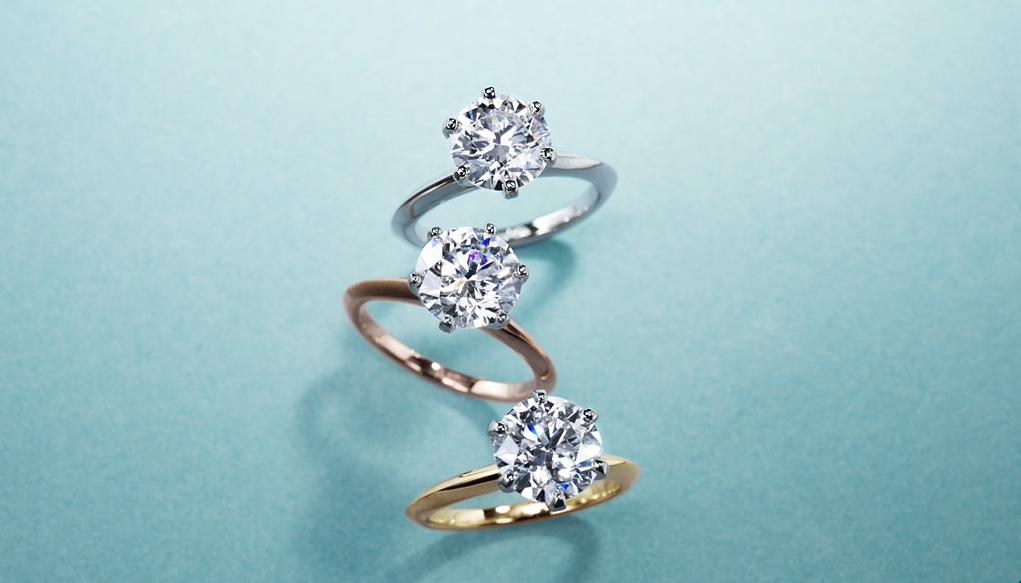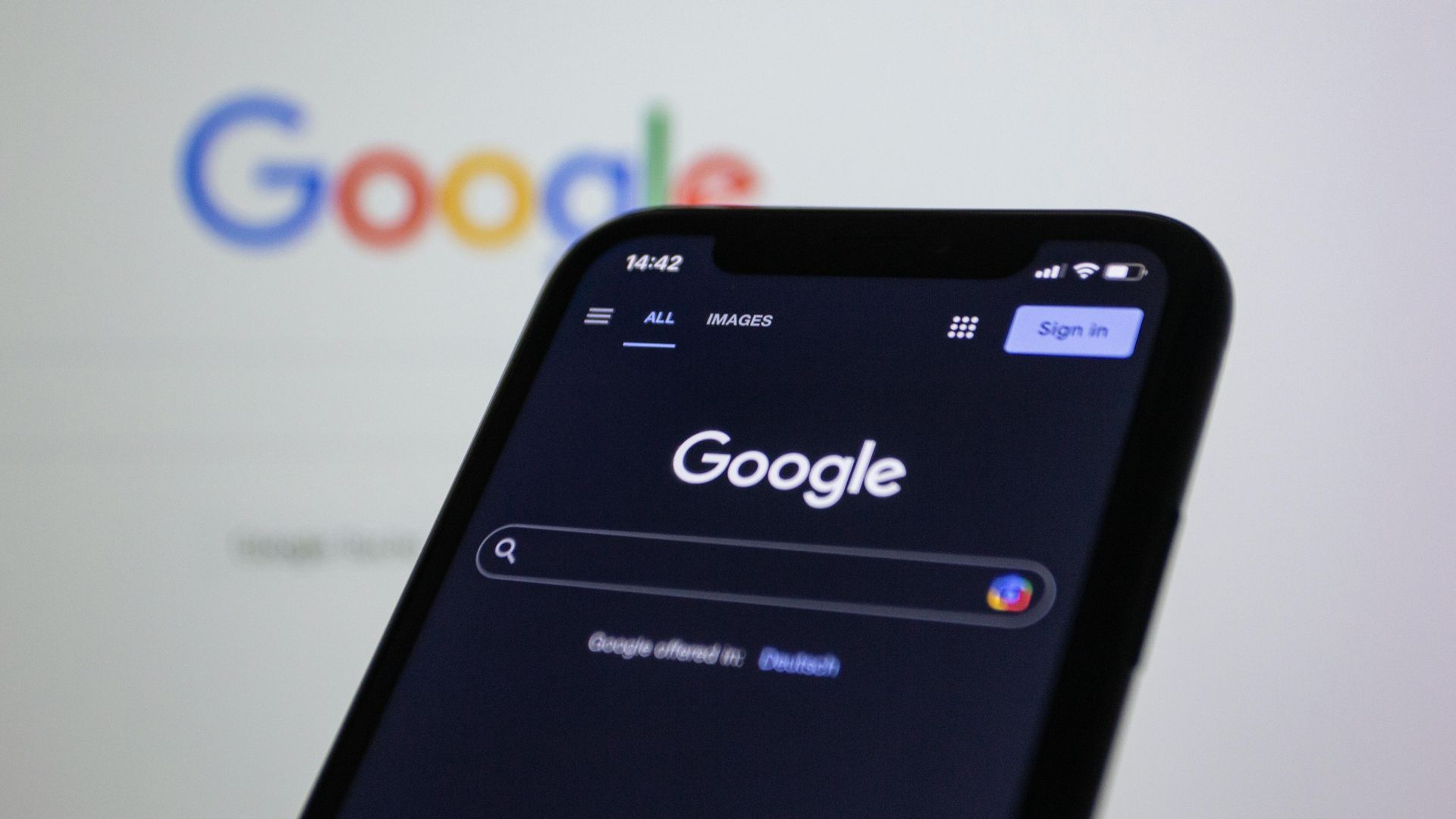The Psychology of Color in Branding How Colors Influence Consumer Perception
Color is more than just a visual element; it plays a critical role in how we perceive brands and make purchasing decisions. By understanding the psychology of color, businesses can use it to create powerful brand identities that influence consumer behavior. In this article, we will explore how colors affect our perceptions, how popular brands use color strategies, and how you can choose the right colors for your brand.
Photo By: Tiffany & CO.
Understanding the Psychology of Color
The psychology of color refers to how different hues affect human emotions and behavior. Colors can evoke a wide range of feelings, from excitement and passion to calmness and trust. Here is a quick overview of some common color associations:
- Red: Often associated with passion, excitement, and urgency. It's commonly used in clearance sales.
- Blue: Conveys trust, security, and professionalism. Many financial institutions and healthcare companies use blue.
- Green: Symbolizes nature, health, and tranquility. It's frequently used by brands focused on the environment or wellness.
- Yellow: Represents optimism, cheerfulness, and warmth. It's often used to grab attention or convey friendliness.
- Purple: Associated with luxury, creativity, and wisdom. Many premium brands use purple to denote quality.
- Black: Conveys sophistication, elegance, and authority. It's a popular choice for luxury brands.
Popular Brands That Use Color Strategy
Some of the world's most successful brands have mastered the art of color strategy. Here are a few examples:
Coca-Cola
Coca-Cola's iconic red color is no accident. The brand uses red to evoke feelings of excitement and energy, which aligns with its image as a fun and refreshing beverage. This color choice helps Coca-Cola stand out on shelves and is instantly recognizable worldwide.
Tiffany & Co.
Tiffany & Co. uses a distinctive shade of blue, known as "Tiffany Blue," to convey luxury and exclusivity. This specific hue is trademarked and has become synonymous with the brand's high-quality jewelry and timeless elegance.
McDonald's
McDonald's uses a combination of red and yellow in its branding. Red attracts attention and creates a sense of urgency, while yellow evokes happiness and comfort. Together, these colors create a welcoming and energetic atmosphere that appeals to families and children.
How to Choose Brand Colors
Selecting the right colors for your brand involves more than just personal preference. Here are some steps to guide you in choosing the best colors for your brand:
Understand Your Brand's Personality
Before choosing colors, consider the personality and values of your brand. Are you a fun and energetic startup, or a sophisticated and established corporation? The colors you choose should reflect the essence of your brand.
Know Your Audience
Different colors resonate with different demographics. For example, younger audiences may be drawn to bold and vibrant colors, while older consumers may prefer more subdued and classic hues. Research your target audience to understand their preferences and tailor your color choices accordingly.
Consider Cultural Differences
Colors can have different meanings in different cultures. For example, while white is often associated with purity in Western cultures, it can symbolize mourning in some Eastern cultures. Be mindful of these cultural differences, especially if your brand has an international presence.
Explore the 4 Group Colour Concept
Another helpful approach is to explore the concept of "4 group colour," which categorizes colors based on their emotional impact and how they can influence consumer behavior. By understanding these groups—warm, cool, neutral, and dark colors—you can make more informed decisions about which colors best represent your brand's personality and resonate with your target audience.
Test Your Colors
Before finalizing your brand colors, test them with your target audience. This can be done through surveys,
focus groups, or A/B testing. Gathering feedback will help you determine which colors resonate best with your audience.
Photo By: Adobe
What Colors Attract People?
Certain colors are universally appealing and can attract people to your brand. Here are some colors that are known to attract attention:
- Red and Yellow: These colors are often used in fast-food branding because they create a sense of urgency and hunger.
- Blue: Blue is a universally liked color that conveys trust and reliability. It's often used by tech companies and financial institutions.
- Green: Green is associated with health and sustainability. Brands focused on wellness and environmental causes often use green to attract eco-conscious consumers.
What Colours Go With What?
Creating a harmonious color palette is crucial for effective branding. Here are some tips for combining colors:
Complementary Colors
These are colors that are opposite each other on the color wheel, such as blue and orange or red and green. Complementary colors create contrast and make designs pop.
Analogous Colors
These are colors that are next to each other on the color wheel, such as blue, green, and teal. Analogous colors create a cohesive and harmonious look.
Triadic Colors
These are three colors that are evenly spaced on the color wheel, such as red, yellow, and blue. Triadic color schemes are vibrant and offer a balanced look.
Factors That Influence Consumer Purchasing Decisions
Color is just one factor that influences consumer purchasing decisions, but it plays a significant role. Here are some other factors to consider:
- Brand Recognition: Consistent use of color helps build brand recognition and loyalty. Brands like Starbucks and Nike use color to create a strong brand identity.
- Emotional Connection: Colors can evoke emotions that influence purchasing decisions. A brand that wants to create a feeling of trust might use blue, while a brand that wants to create excitement might use red.
- Perceived Value: The right color can enhance the perceived value of a product. Luxury brands often use black or gold to convey sophistication and exclusivity.
Conclusion
At Quantifi Media, we recognize that the psychology of color in branding is a crucial strategy for influencing consumer perception and driving purchasing decisions. By leveraging the emotional impact of colors, brands can foster strong connections with their target audience, enhancing brand recognition and loyalty. In particular, orange is a color that embodies playfulness, enthusiasm, affordability, creativity, and friendliness—qualities that resonate deeply with our brand identity.
The vibrant energy of orange reflects our commitment to innovative solutions and approachable service, making it the perfect signature color for Quantifi Media. As you develop your brand identity, remember the importance of choosing colors that not only resonate with your values but also evoke the right emotions in your market.
Are you ready to elevate your branding strategy with the power of color?
Contact Quantifi Media today to explore how we can help you create a compelling brand presence that stands out and connects profoundly with consumers. Let's harness the psychology of color together and watch your brand flourish!
Share this blog!






